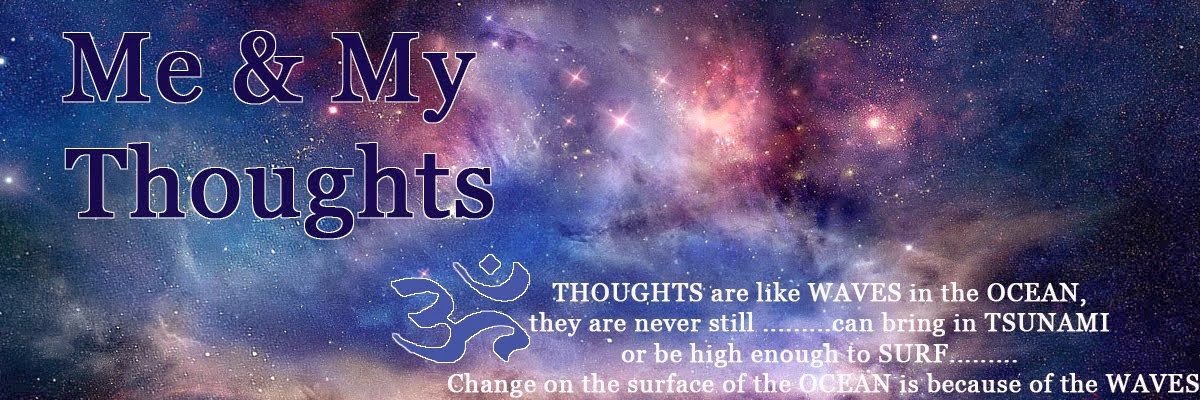The Sixth Goddess of the Dasha Maha Vidya (Ten Wisdom aspects of Shakti) is Chinnamasta. Masta is head and Chinna is to cut off. As per iconography Chinnamasta is shown holding her own head that she has just cut off. The blood from her neck spurts into three jets. The middle jet is seen pouring in to Chinnamasta’s mouth, while the other two jets on the right and left are flowing into the mouths of her two attendants Dakini and Varnini respectively. This image of the Goddess is very ghastly and one may wonder how this deity who may seem to be from the Tantric school of thought finds its place in the Dasha Maha Vidyas.
Yes, at the very look of the deity one may feel that it is from the Vamachara Marga (Left-Handed Attainment). This notion had made the seekers keep away from knowing about this aspect of Shakti. It was Vasistha Ganapathi Muni, the disciple of Bhagvan Ramana Maharishi who explained the power of this deity. We are blessed to know about this form of Shakti which was passed on as a legacy by his guru Ramana.
Mind dwells in Head as well as Heart. When mind perceives a thing from the Head its output is Yuktartha (Rational) and if the mind is relating through Heart it is Bhavapurna (Emotional). Mind from Head often deceives many times by promising happiness in future but from Heart it saves us many times giving Peace, Contentment, & Happiness HERE and NOW. If head alone becomes the centre of activates to the mind it is better to cut off from it. This is what Bhagvan Ramana Maharshi was mentioning when he talked about “Manonasha” (Losing the Mind).
Vasistha Ganapati Muni by the grace of his Guru construed the origin of Dasha Maha Vidyas in his work called “Mahavidyadi Sutra Granthavali”. In that scripture it is mentioned that Chinnamasta has a profound yogic significance and separation of “head” is indicative of a great siddhi where one fully transcends the Gross & Subtle sheaths of Consciousness. He further relates Chinnamasta back to the puranic story of Renukadevi, the mother of Parasurama and wife of Maharshi Jamadagni.
This particular aspect of Shakti is categorised as Teevra Devata (Fierce Deity) and hence the Bija mantra of Cginnamasta is not initiated to all. The siddhis obtained through the Upasana (Adoration) of Chinnamasta is beneficial, however the consequence of mistake committed in the process of adoration is serious too. It is better to know about her and leave the adoration to the Tantric who crave for Siddhis.
The Paramatma (Absolute Consciousness) in us is encompassed by Pancha Koshas (Five Sheath) of Consciousness namely Annamaya Kosha (Physical Sheath), Pranamaya Kosha (Vital Breath Sheath), Manomaya Kosha (Mental Sheath), Vijnanamaya Kosha (Intellect Sheath) and finally Anandamaya Kosha (Bliss Sheath). While the Annamaya Kosha and Pranamaya Kosha exhaust at death the Manomaya Kosha and Vijnanamaya Kosha passes on, rekindling rebirth if it has Vasanas (Tendencies) and Samskaras (Impressions).
Chinnamasta reminds us that only Anandamaya Kosha, the seat of the Absolute will remain untouched, thus we are explicitly reminded that we all house Divinity within our Atma (Soul). Furthermore taking the Kundalini Shakti up the Sushumna nadi (Channel of Energy) which travels along the spinal cord breaking through the major chakras and experiencing the Divinity, as represented by the middle blood jet, shows that our true identity is that Soul, and that what we originally thought of as “our” soul is actually the same Soul, the same Divinity, manifesting in all. The other two blood jets from Chinnamasta represent Ida nadi and Pingala nadi, often referred to the two hemispheres of the brain. The balance of Ida and Pingala is necessary for the Sushumna nadi to elevate up.


No comments:
Post a Comment